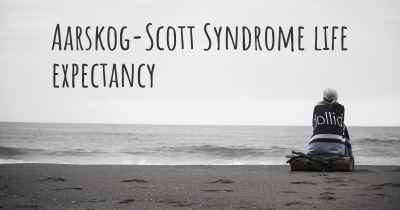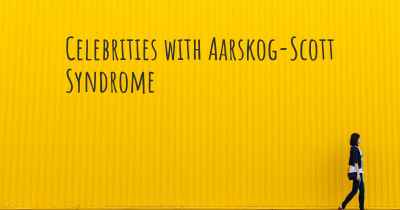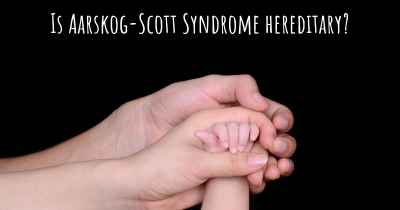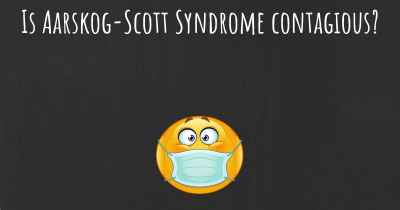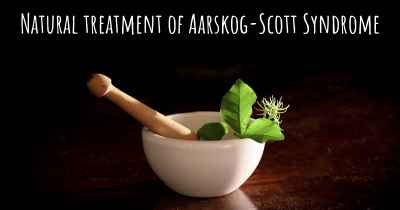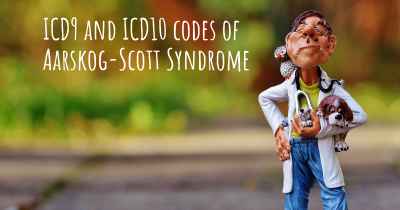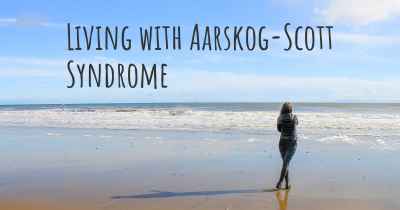What is the history of Aarskog-Scott Syndrome?
When was Aarskog-Scott Syndrome discovered? What is the story of this discovery? Was it coincidence or not?
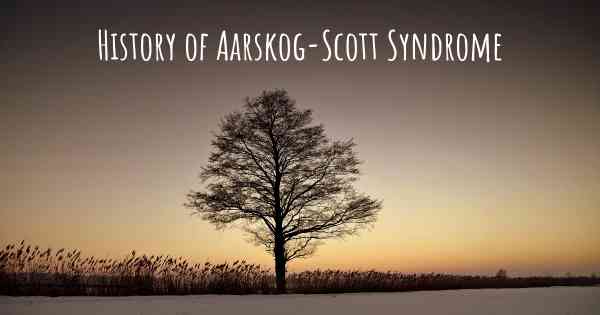
Aarskog-Scott Syndrome: A Brief History
Aarskog-Scott Syndrome, also known as Aarskog syndrome or faciogenital dysplasia, is a rare genetic disorder that primarily affects males. It was first described by the Norwegian pediatrician Dagfinn Aarskog in 1970 and later independently reported by the American geneticist Charles I. Scott Jr. in 1971. The syndrome is characterized by distinctive facial features, short stature, and various skeletal and genital abnormalities.
Discovery and Early Observations
In the late 1960s, Dr. Dagfinn Aarskog encountered several patients with similar physical characteristics in his clinical practice. Intrigued by the pattern he observed, he conducted a comprehensive study and published his findings in 1970. Aarskog's initial report described five boys from three unrelated families who exhibited similar facial features, short stature, and other associated abnormalities.
Shortly after Aarskog's publication, Dr. Charles I. Scott Jr., a clinical geneticist at the University of Virginia, independently identified and reported a similar group of patients in 1971. Scott's report included additional cases and expanded the understanding of the syndrome's clinical features.
Genetic Basis and Molecular Discoveries
Over the years, researchers have made significant progress in understanding the genetic basis of Aarskog-Scott Syndrome. In the early 1990s, a team of scientists led by Dr. Stylianos E. Antonarakis identified the gene responsible for the syndrome, which is located on the X chromosome. This means that Aarskog-Scott Syndrome follows an X-linked recessive inheritance pattern, primarily affecting males while females can be carriers.
The gene associated with Aarskog-Scott Syndrome was named FGD1 (Facio-Genital Dysplasia 1) and was found to encode a protein involved in regulating cell growth and development. Mutations in the FGD1 gene disrupt normal protein function, leading to the characteristic features and abnormalities seen in individuals with the syndrome.
Clinical Features and Diagnosis
Aarskog-Scott Syndrome is characterized by a wide range of physical and developmental abnormalities. The most prominent features include:
- Facial abnormalities: Individuals with Aarskog-Scott Syndrome often have a broad forehead, widely spaced eyes (hypertelorism), a flat nasal bridge, a short upturned nose, and a widow's peak hairline.
- Short stature: Affected individuals typically have a shorter-than-average height, which becomes evident during childhood.
- Skeletal abnormalities: These may include joint hypermobility, brachydactyly (short fingers), clinodactyly (abnormally curved fifth fingers), and a broad-based appearance of the thumbs.
- Genital abnormalities: Males with Aarskog-Scott Syndrome may have an undescended testicle (cryptorchidism), a small penis (micropenis), or a split scrotum (inguinal hernia).
Diagnosis of Aarskog-Scott Syndrome is primarily based on clinical evaluation and the presence of characteristic physical features. Genetic testing can confirm the diagnosis by identifying mutations in the FGD1 gene.
Management and Treatment
As Aarskog-Scott Syndrome affects multiple body systems, a multidisciplinary approach is often required for management and treatment. The specific interventions depend on the individual's symptoms and needs. Some common aspects of care include:
- Regular medical follow-up: Routine check-ups are essential to monitor growth, development, and address any associated health concerns.
- Surgical interventions: In some cases, surgical procedures may be necessary to correct skeletal abnormalities, such as hand or foot deformities.
- Hormone therapy: Growth hormone therapy may be considered to address short stature in some individuals.
- Psychosocial support: Given the potential impact on self-esteem and social interactions, individuals with Aarskog-Scott Syndrome may benefit from counseling or support groups.
Research and Future Directions
Advancements in genetic research have significantly contributed to our understanding of Aarskog-Scott Syndrome. Ongoing studies continue to explore the molecular mechanisms underlying the syndrome and potential therapeutic targets.
Furthermore, improved genetic testing techniques and increased awareness of the syndrome have facilitated earlier diagnosis and intervention, leading to better outcomes for affected individuals.
In conclusion, Aarskog-Scott Syndrome was first described by Dagfinn Aarskog and Charles I. Scott Jr. in the early 1970s. It is a rare genetic disorder characterized by distinct facial features, short stature, and various skeletal and genital abnormalities. The identification of the FGD1 gene on the X chromosome and subsequent molecular discoveries have shed light on the genetic basis of the syndrome. While there is no cure for Aarskog-Scott Syndrome, early diagnosis, multidisciplinary care, and ongoing research offer hope for improved management and support for affected individuals and their families.
